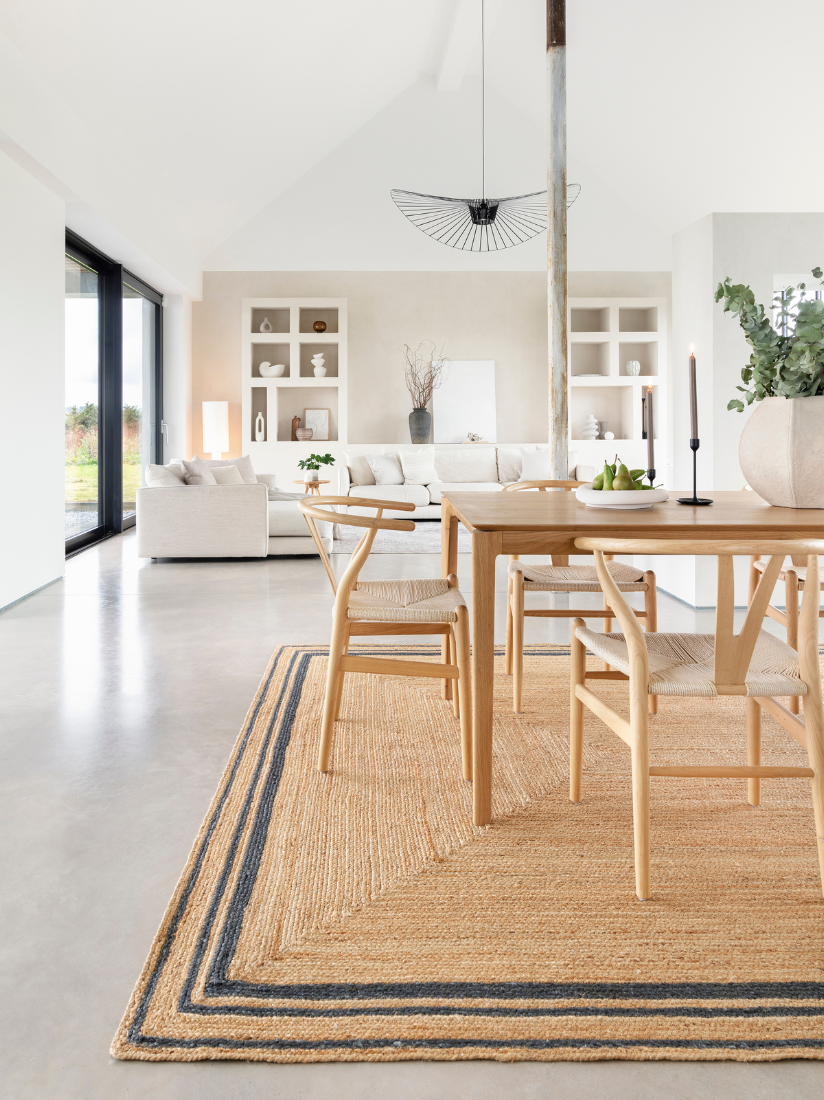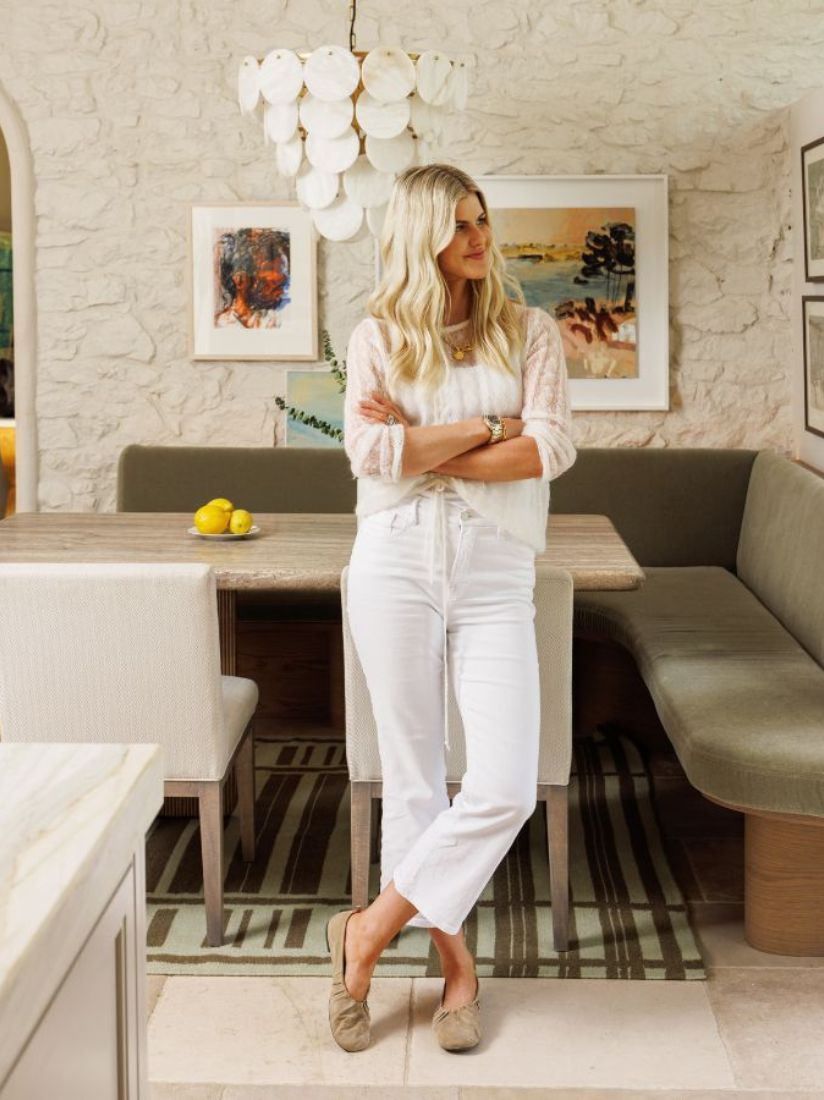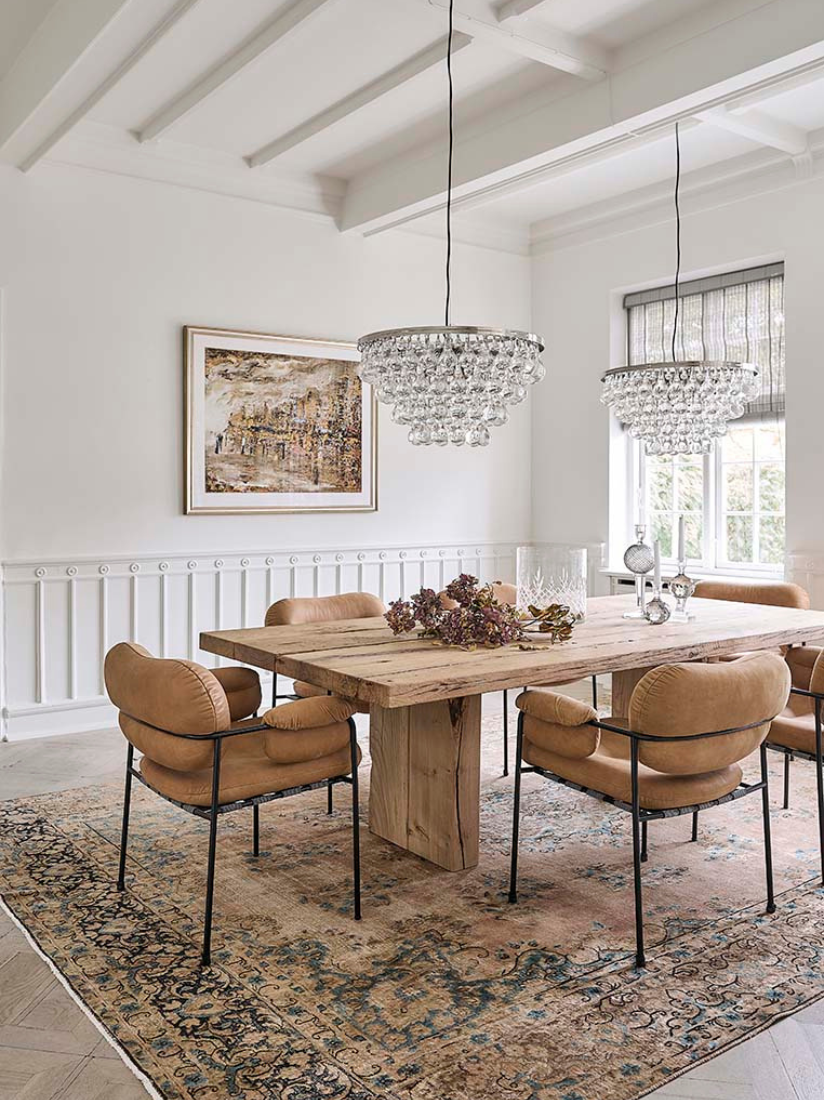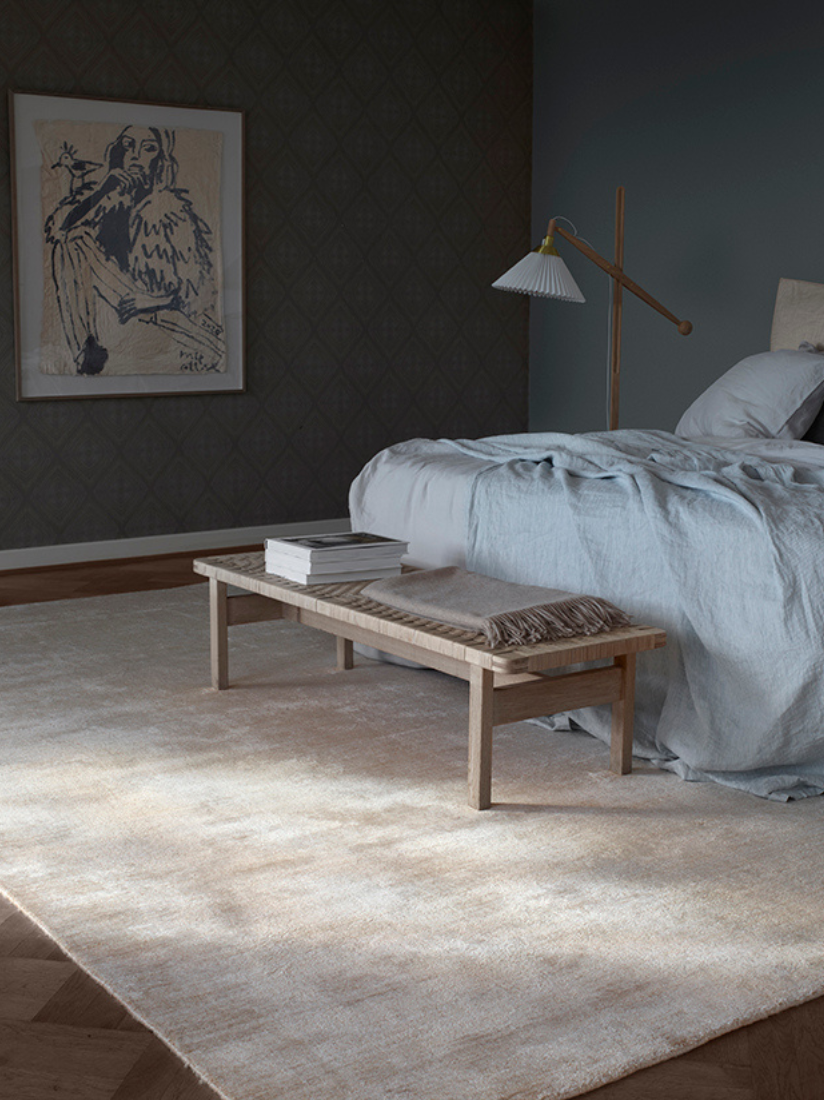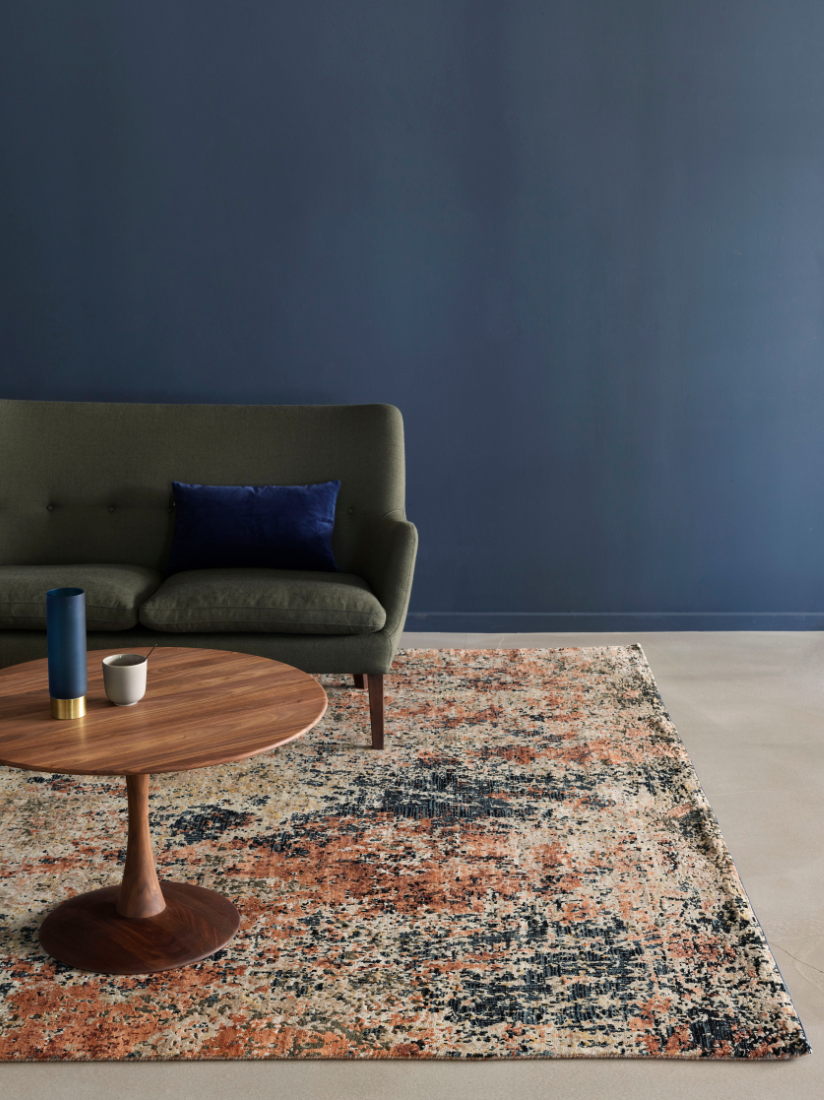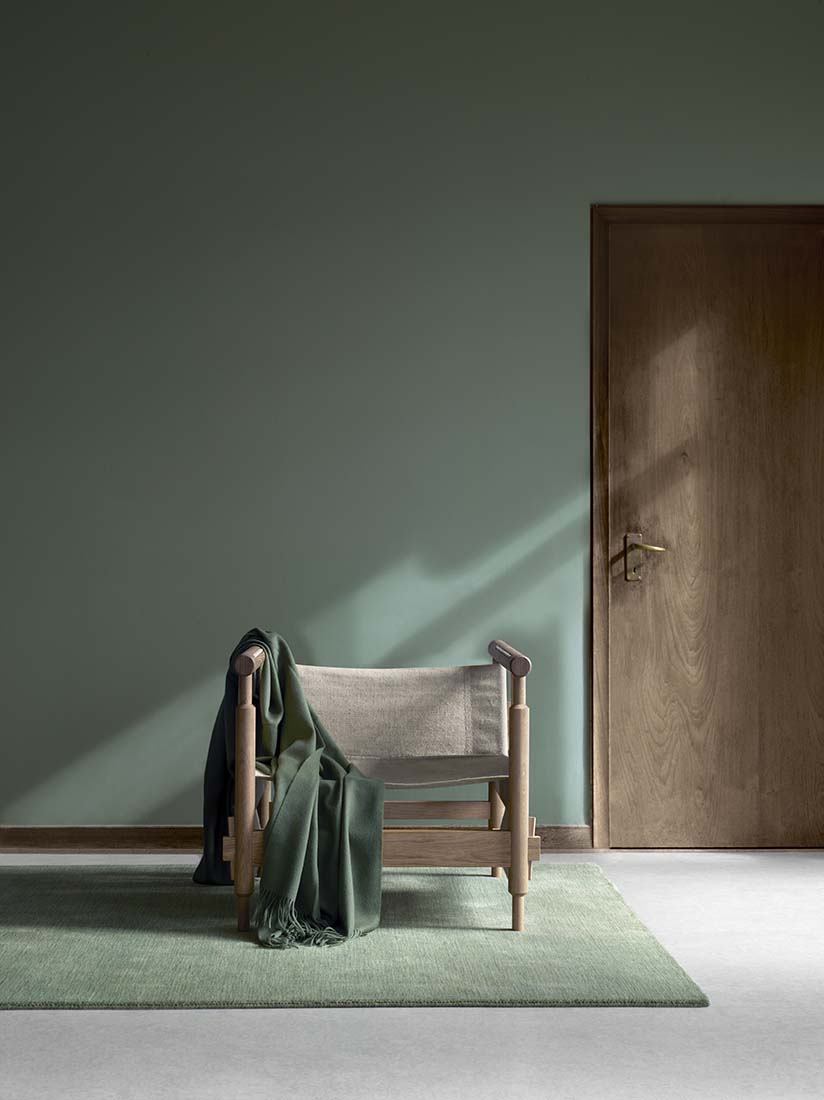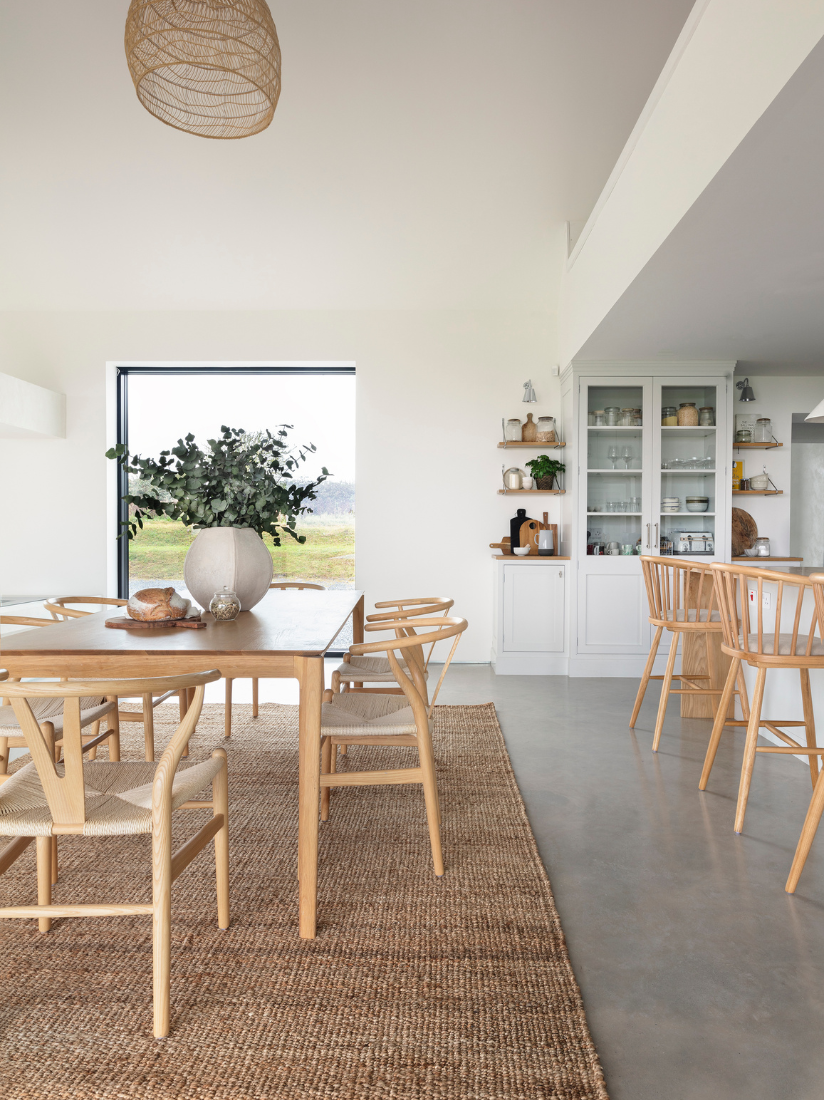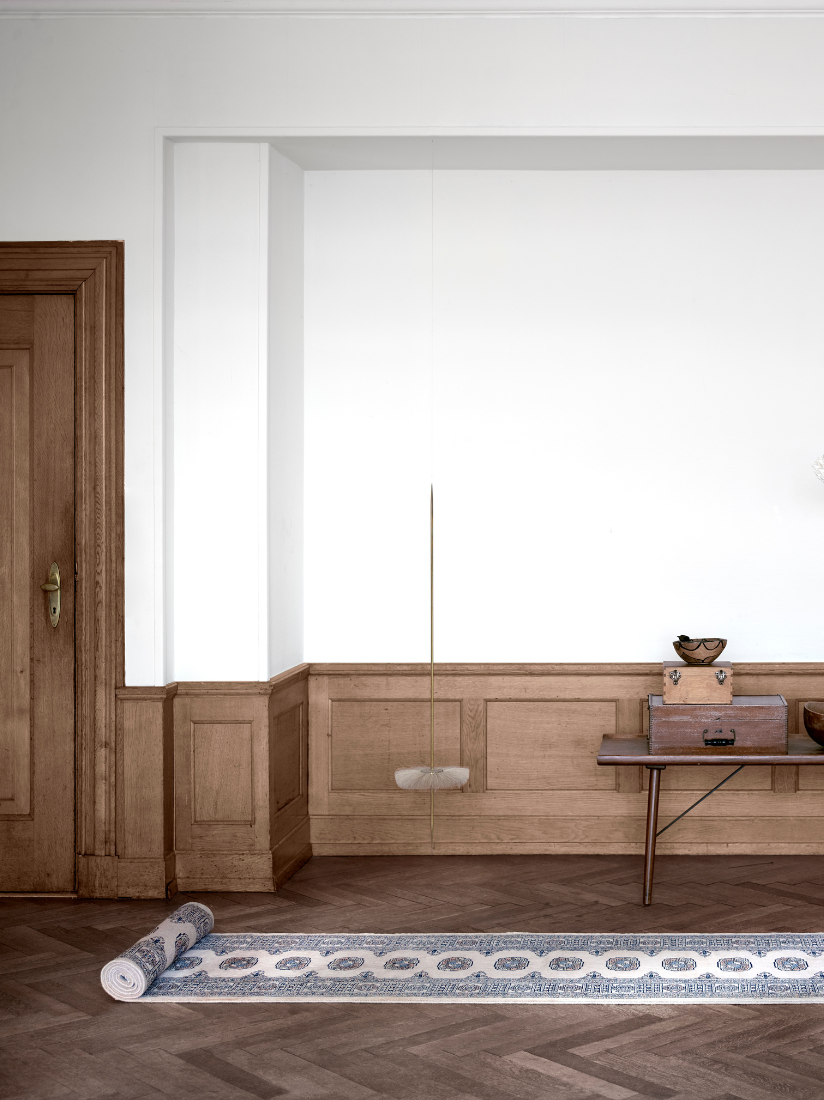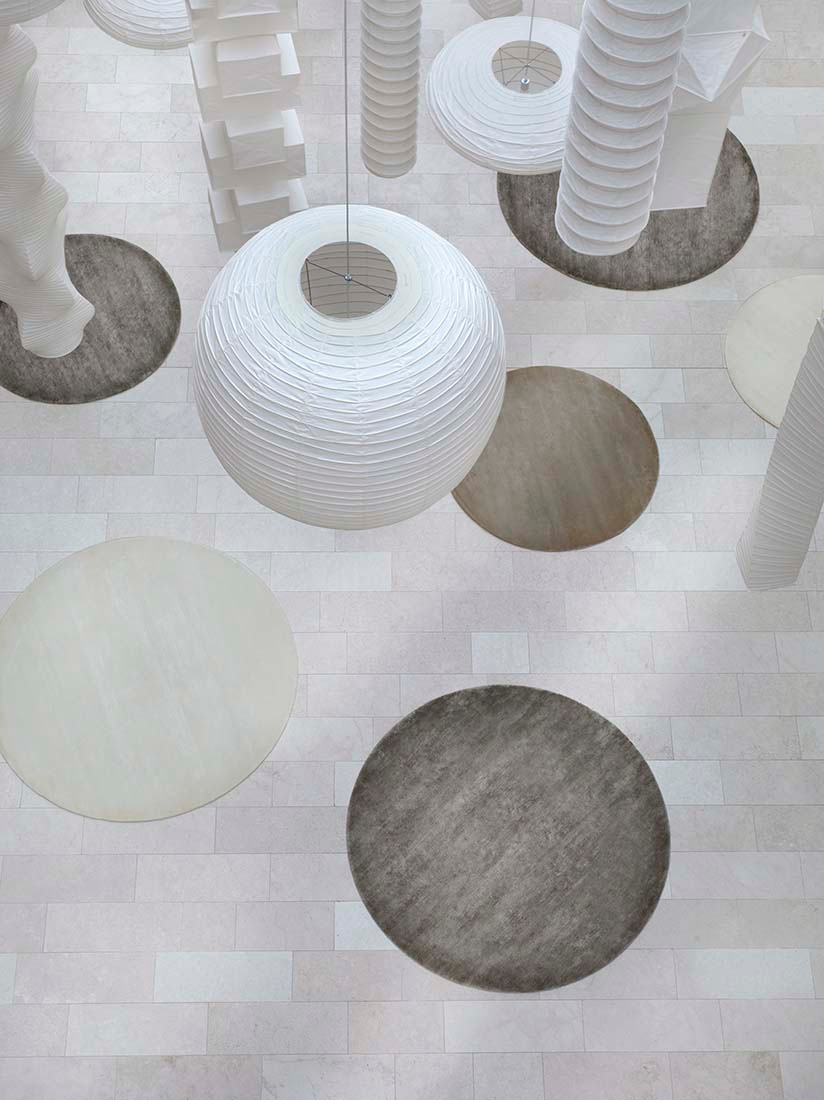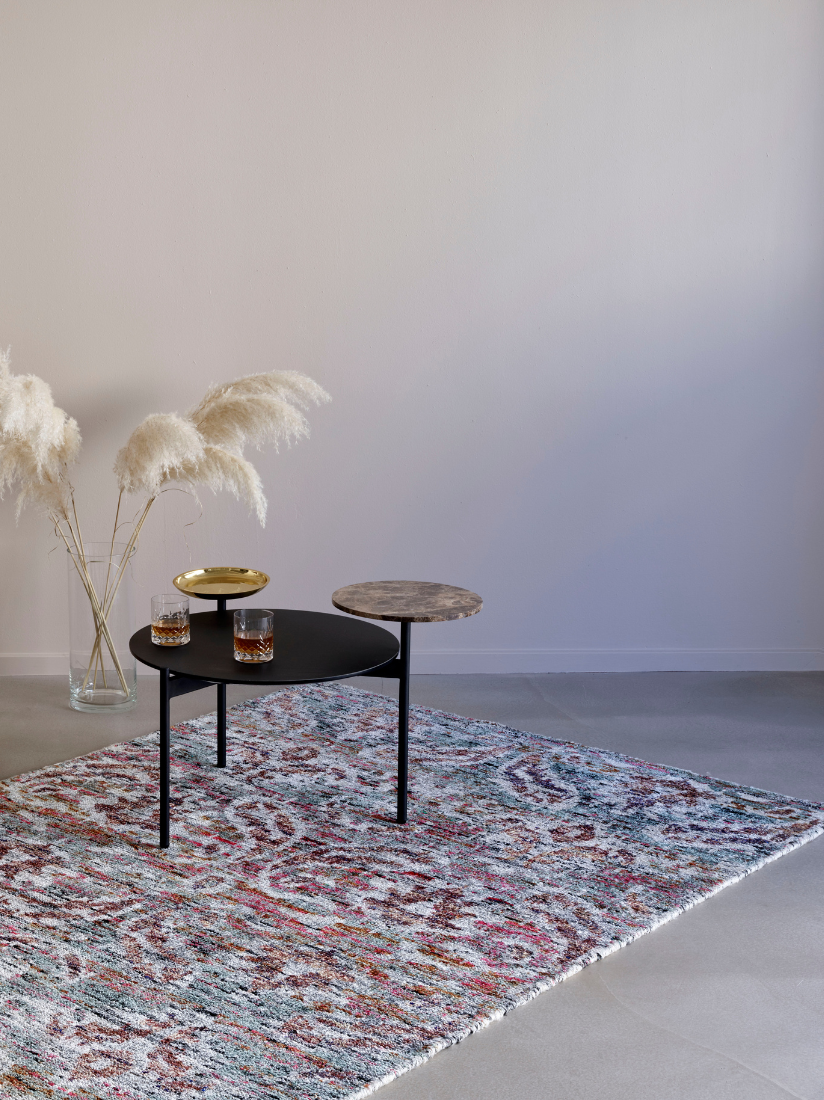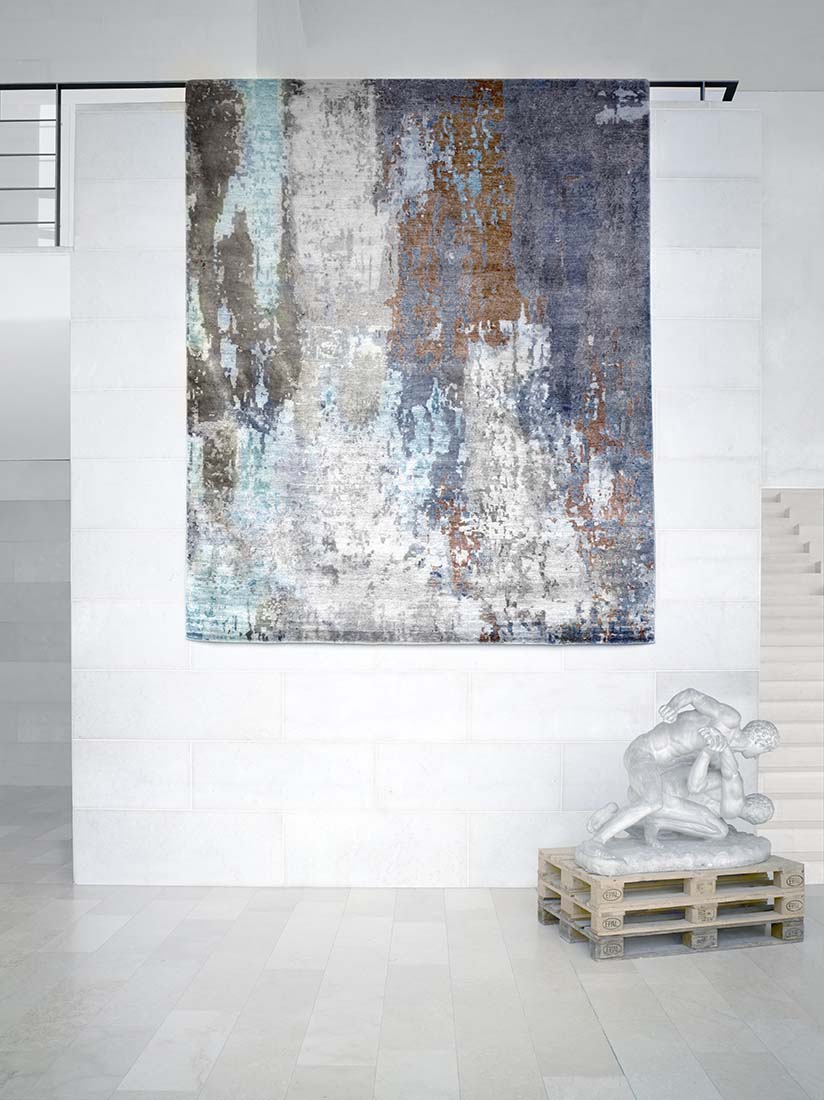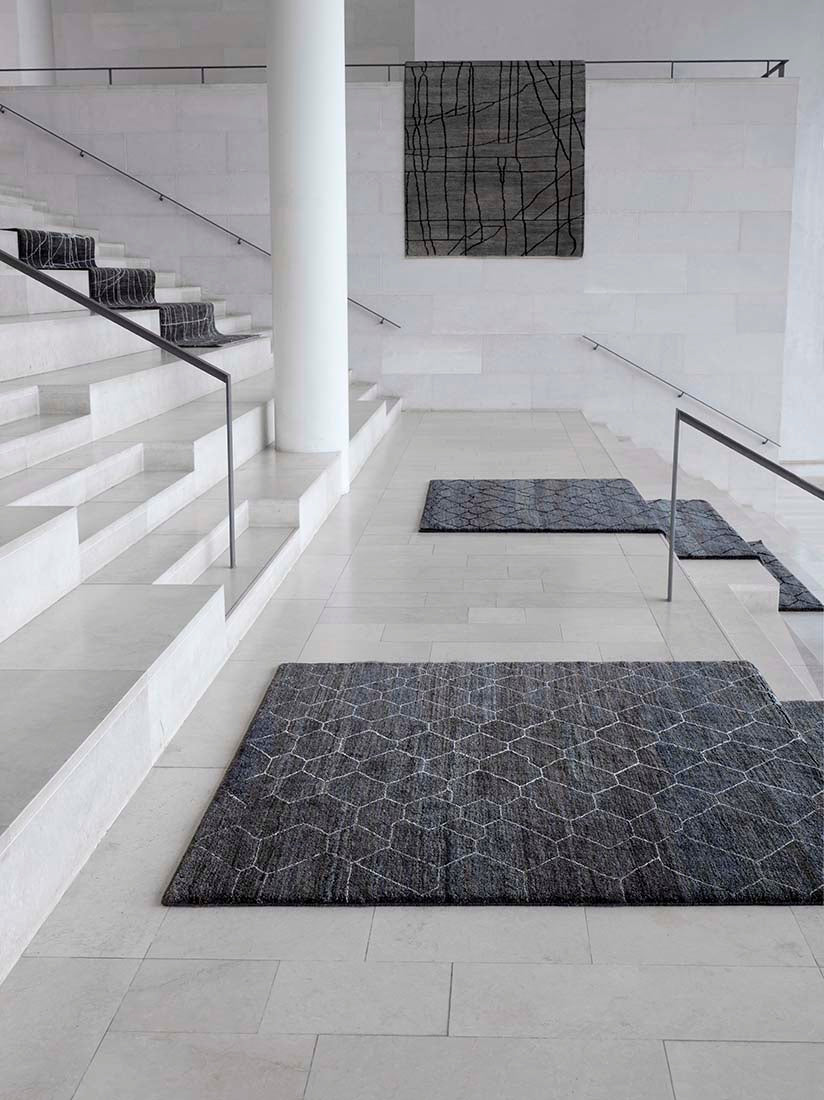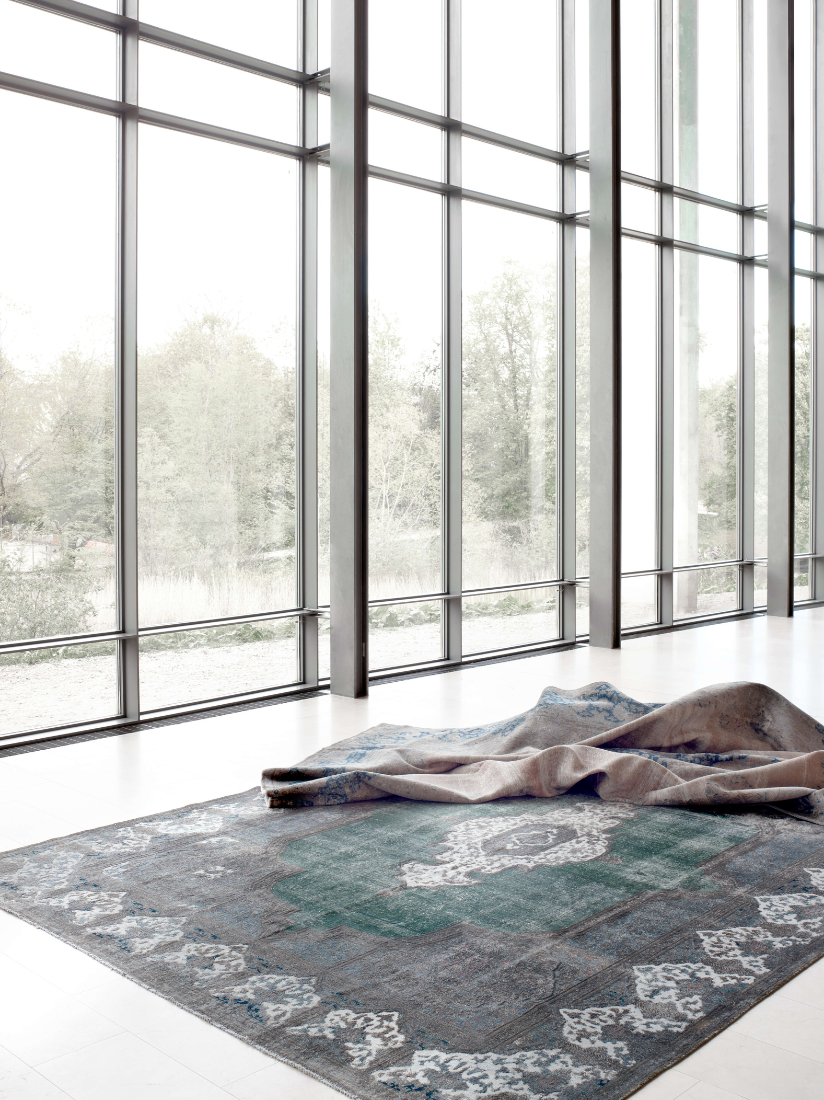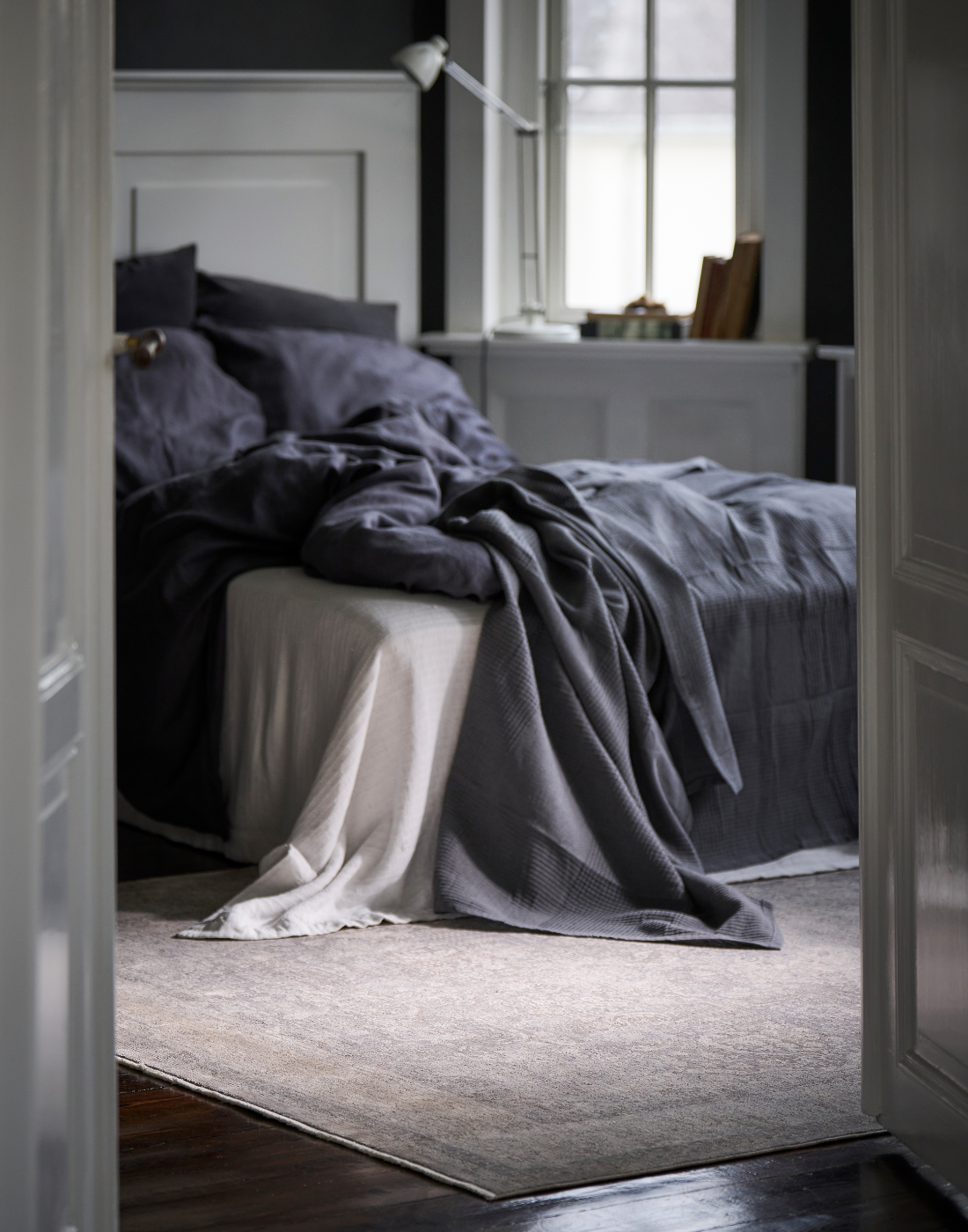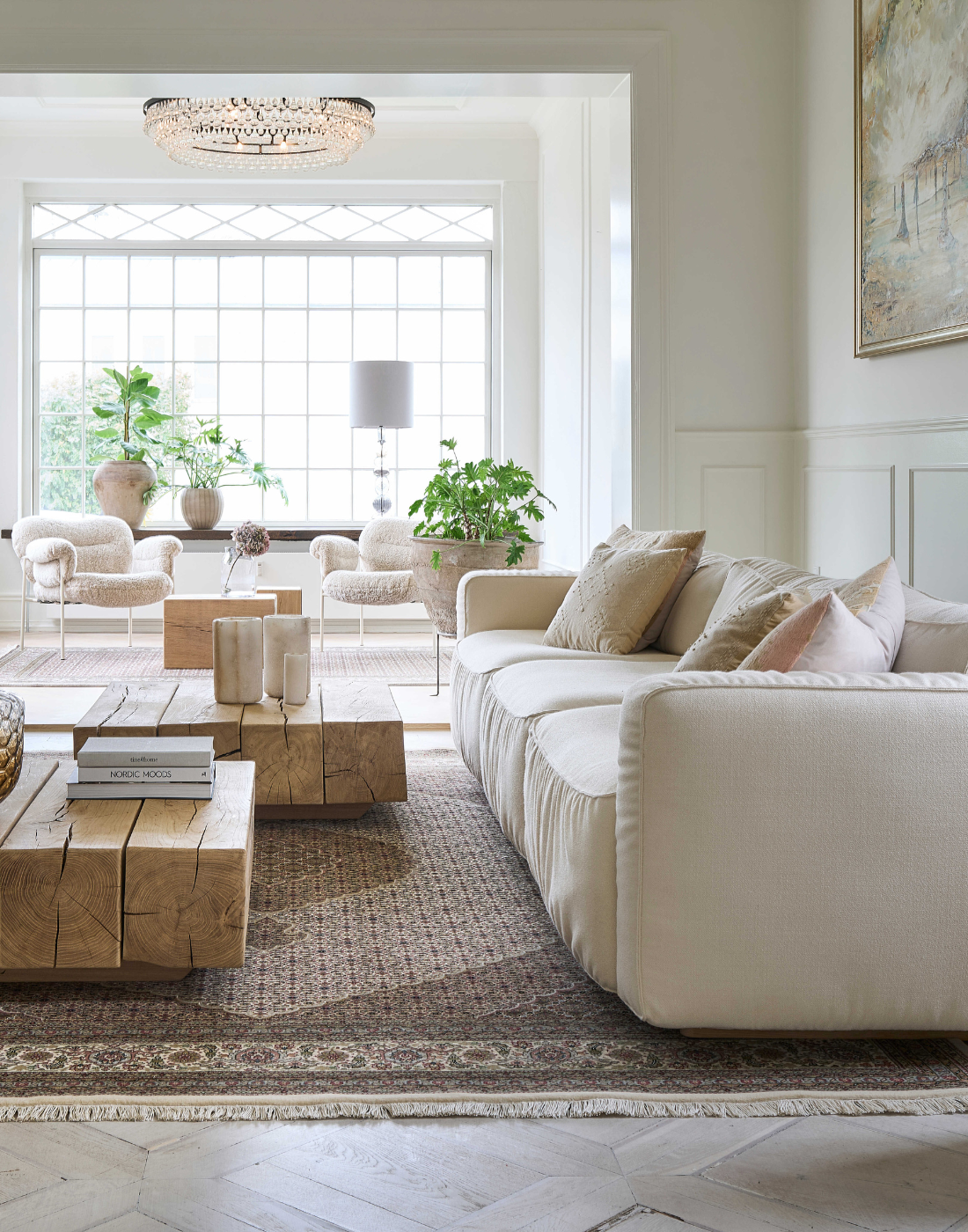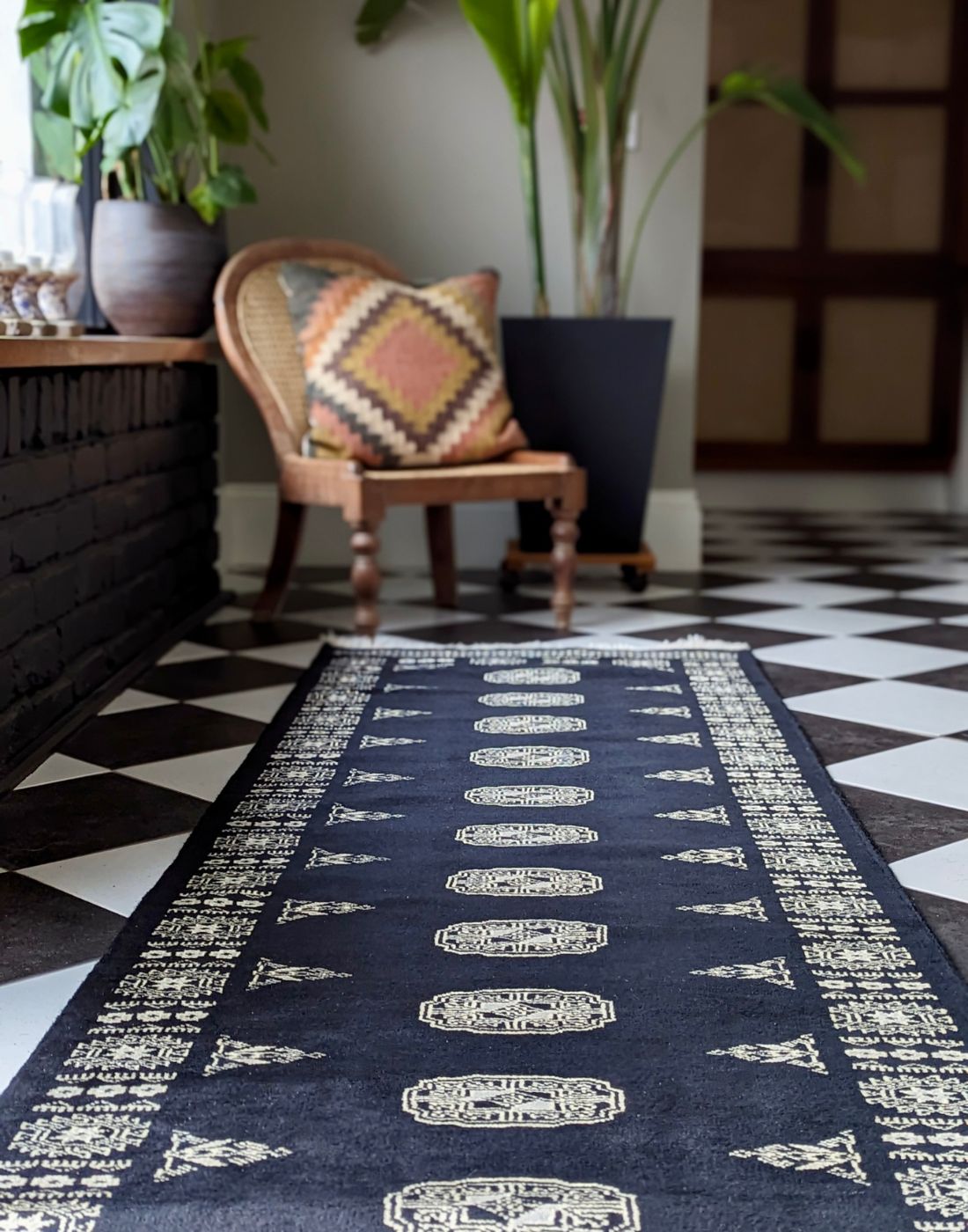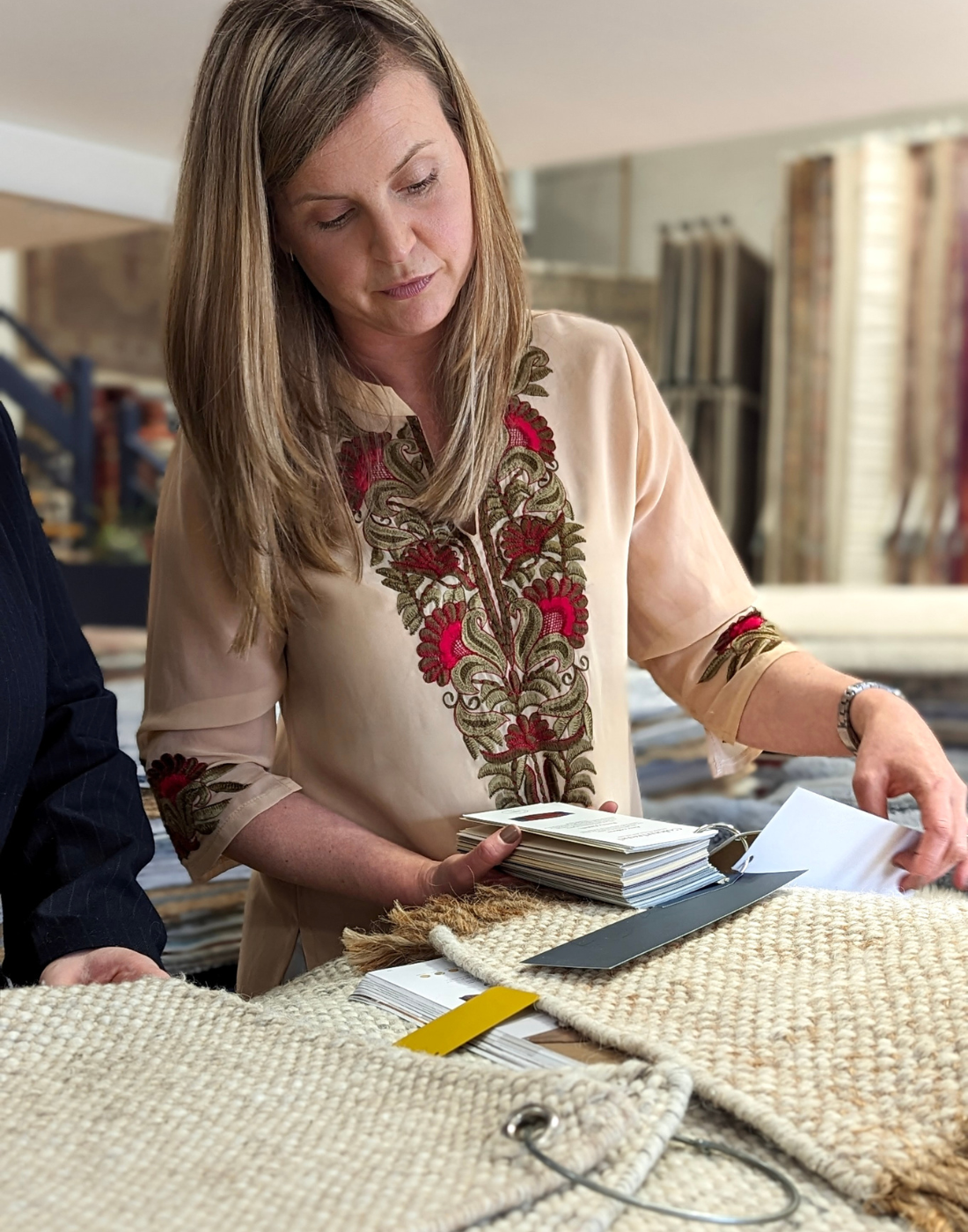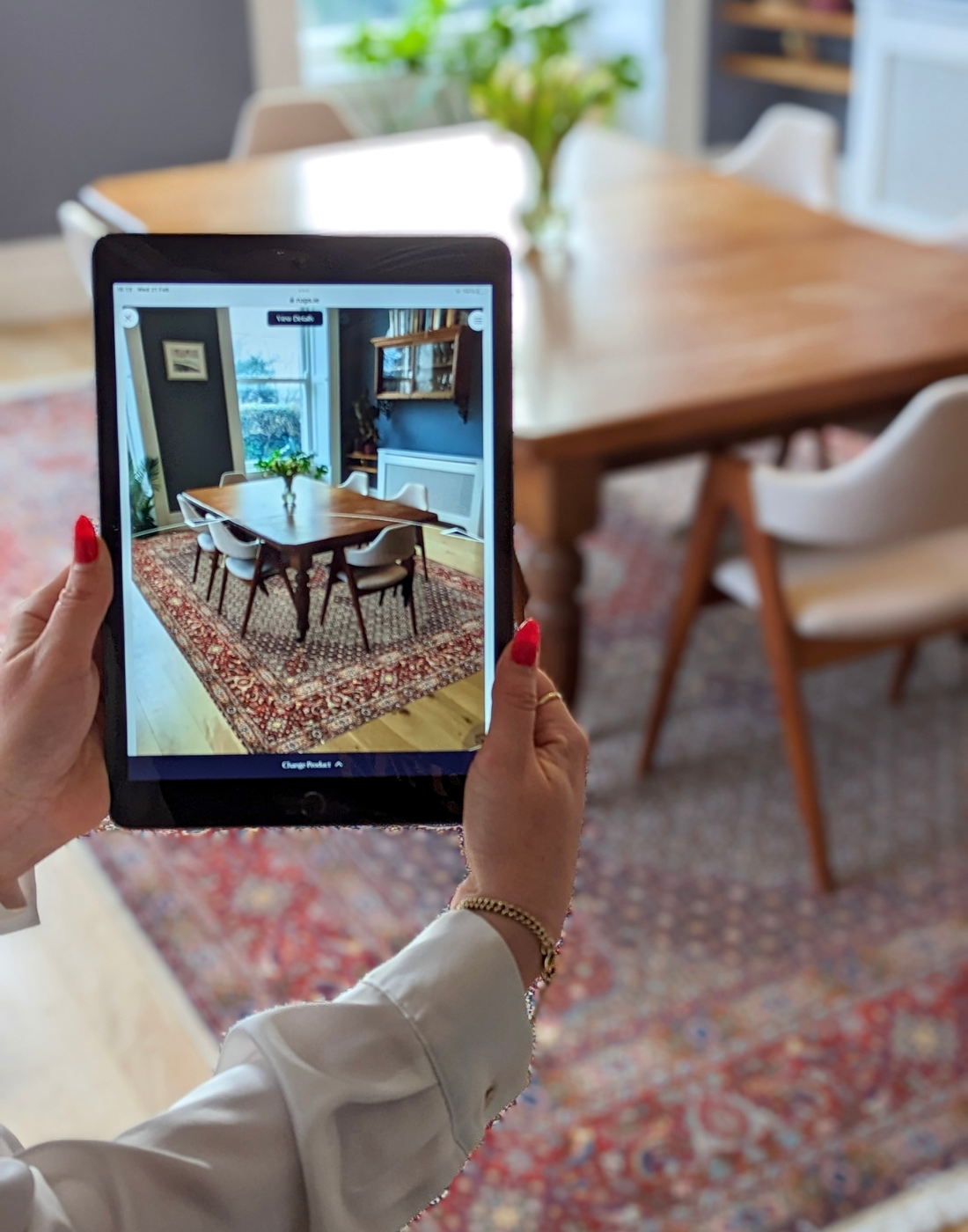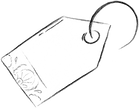Persian Rug Origins
Persian Rugs are revered for their intricate designs, exceptional quality and craftsmanship. Each rug tells a story, not only of the weaver’s skill but also of the traditions and customs that have shaped Persian rug-making for generations.
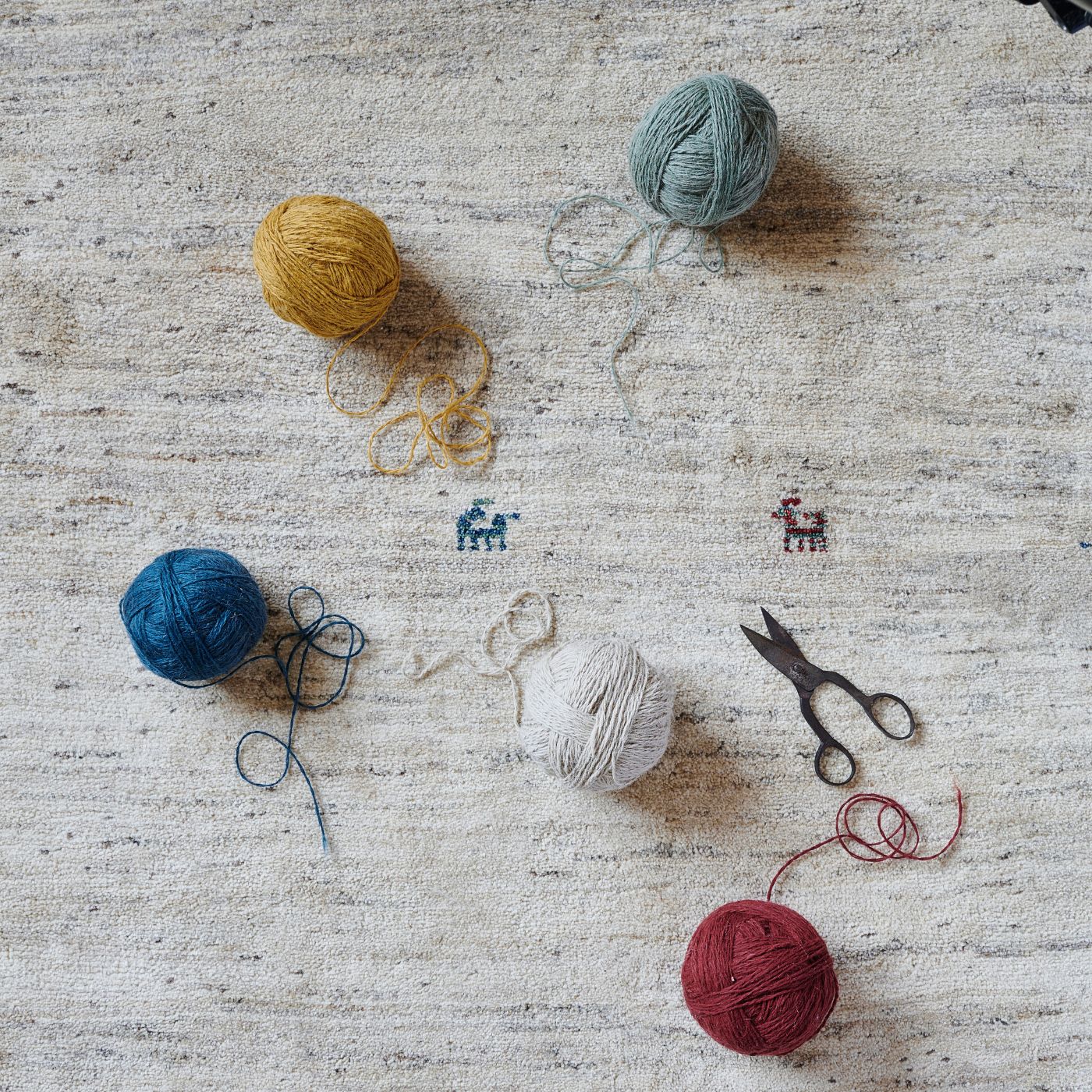
How are Persian Rugs made?
Weaving rugs involves a time-consuming process, where each rug is hand-knotted over several months or even years. Artisans start by preparing the loom, then carefully knotting each thread by hand, row by row. The materials used are typically natural fibres, such as wool or silk, which are carefully selected for their quality and durability. Traditional vegetable dyes are often used to create vibrant, long-lasting colours that bring the intricate patterns to life.
The craft itself is embedded with cultural heritage, as many of the patterns and designs reflect centuries-old motifs and symbols unique to specific regions or tribes. This combination of artistry, heritage and craftsmanship is what gives Persian rugs their enduring appeal and makes them valuable additions to any home.
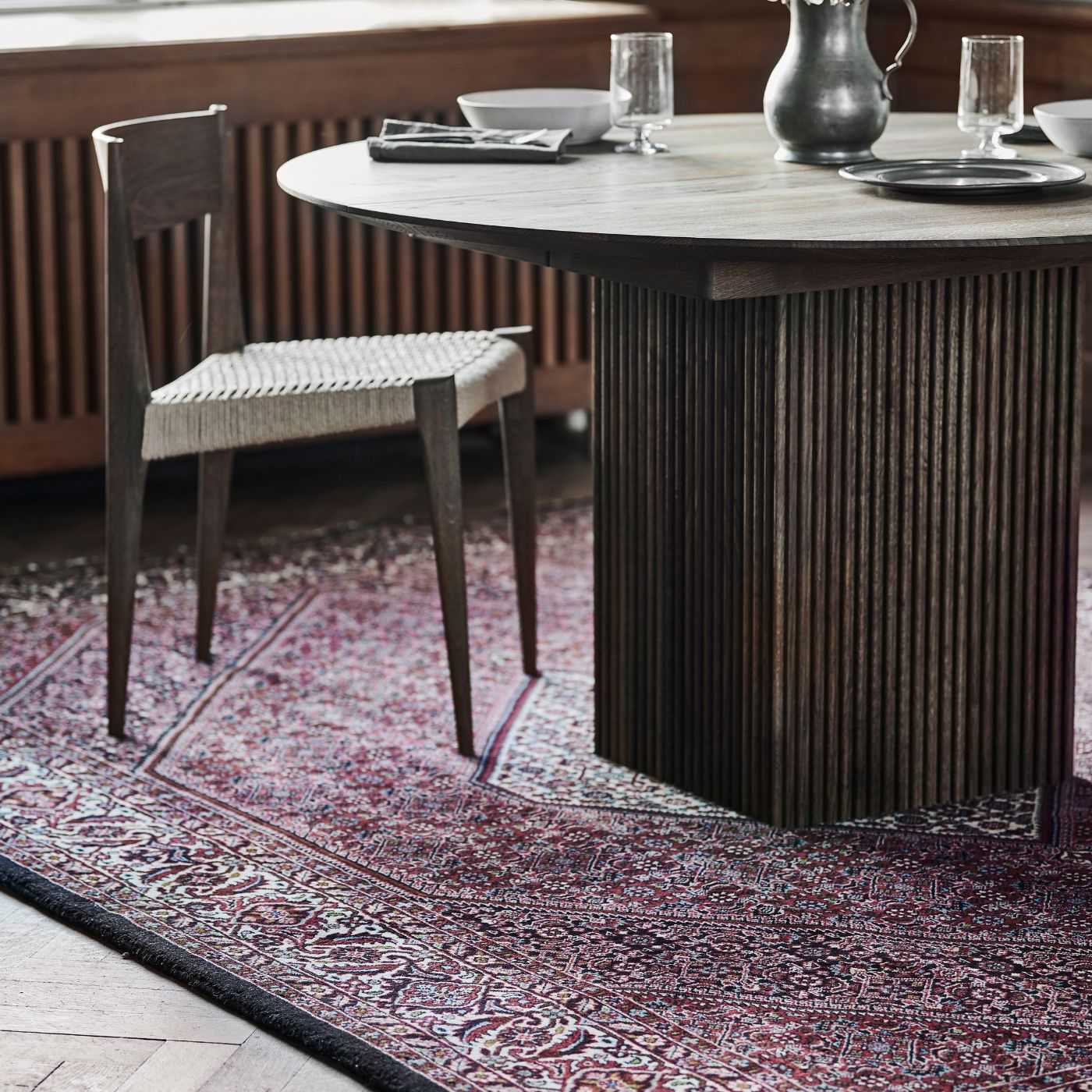
Where do Persian Rugs come from?
Persian rugs originate from Iran, historically known as Persia, where rug-making has been a revered craft for thousands of years. Each region within Iran has developed its own distinct style, techniques and patterns, influenced by local culture, climate and resources. Cities such as Tabriz, Isfahan, Kashan and Heriz are renowned for their unique contributions to Persian rug-making, with each area producing rugs that reflect its heritage and weaving traditions.
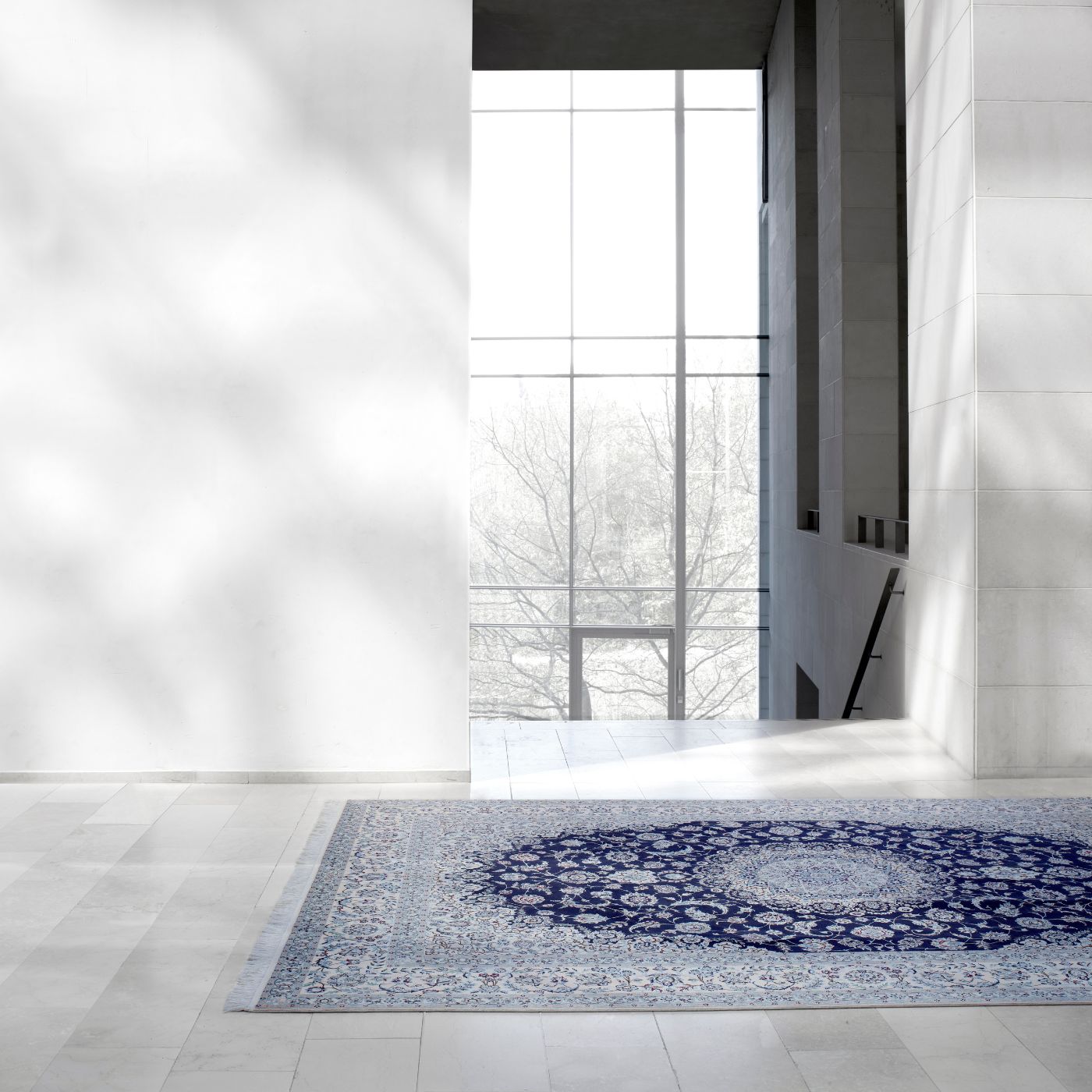
How do I know if a Persian Rug is authentic?
Authentic Persian rugs are always handmade and display distinct characteristics that set them apart. Genuine rugs will feature fringing, a result of being woven on a loom by skilled weavers. Additionally, authentic Persian rugs typically don't have a backing, allowing you to see the intricate knots on the underside. High-quality Persian rugs will often have more than 200 knots per square metre, indicating a tighter weave.
Some rugs may also feature the initials or name of the weaver, adding a personal touch and further authenticity.
FAQs
What makes Persian rugs valuable? Their high value is due to their intricate craftsmanship and use of quality materials to create each rug. Each Persian rug, is hand-knotted on a loom, with skills and techniques that have been passed down through generations of expert rug weavers. The patterns are often family heirlooms, preserved within tribes and communities over many years. These rugs are crafted using natural materials like fine wool, and sometimes silk, which contribute to their long-lasting appeal.
Authentic Persian rugs are always handmade and display distinct characteristics that set them apart. Genuine Persian rugs will feature fringing, a result of being woven on a loom by skilled weavers. Additionally, authentic Persian rugs typically don't have a backing, allowing you to see the intricate knots on the underside.
Some rugs may also feature the initials or name of the weaver, adding a personal touch and further authenticity. We can also provide you with a Certificate of Authenticity when you purchase a Persian rug from us to assure you it's genuine.
Persian rugs are crafted with longevity in mind, often regarded as lifetime investments due to their exceptional durability. These traditional rugs are made from high-quality, natural materials such as wool which contribute to their resilience and ability to retain their beauty over time. Each rug is hand-knotted using traditional techniques that have been honed and perfected over centuries, resulting in a robust pile that can withstand regular use.
Once you know how to store Persian rugs, they can last for decades, remaining as vibrant and functional as when they were first made. Additionally, keeping them out of direct sunlight and rotating them occasionally can prevent uneven wear and fading, ensuring their longevity.
Knowing how to clean Persian rugs also affects their longevity. Routine maintenance, such as gentle vacuuming and periodic professional cleaning, can help preserve the fibres and colours of the rug.
With thoughtful care, a Persian rug not only serves as a practical addition to a home but also as a cherished heirloom that can be enjoyed by future generations. They are enduring pieces of art that bring warmth, character and history to any space.
Traditionally, Persian rugs were made with natural dyes. Although green dyes existed, they tended to fade rapidly, making the colour less common in these rugs. Today, many weavers still adhere to the classic Persian patterns and may avoid using green. However, you can find Persian rugs with subtle touches of green, though fully green designs remain rare. These limited instances of green are a nod to historical practices, preserving the authenticity of Persian rug-making.
Persian Rugs in Interior Design
Timeless and versatile, Persian rugs can complement a wide range of interior styles; instantly adding warmth, texture and character to any space.
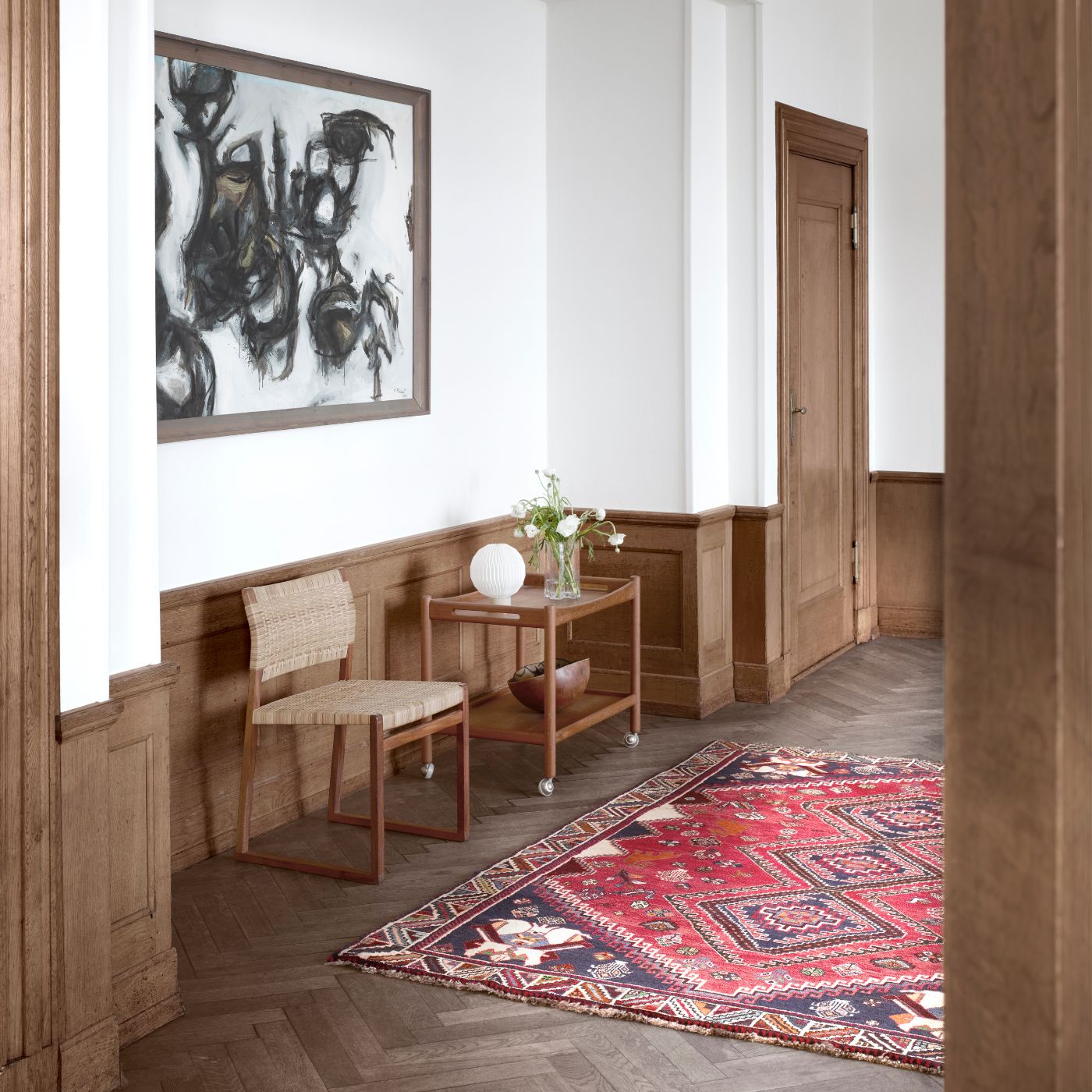
How to decorate with Persian Rugs
To make the most of their intricate patterns and rich colours, it helps to consider how to style a Persian rug to suit your interior. A larger Persian rug can anchor a living room, creating a cosy atmosphere. In hallways or entryways, smaller rugs or Persian runners add warmth and softness underfoot.
When deciding how to choose a Persian rug to decorate your home, think about the overall colour palette and patterns of your home. Persian rugs come in a variety of styles, from floral and traditional to geometric and tribal, so selecting one that complements or contrasts with your existing décor can help achieve the desired effect. Persian rugs can also suit modern interiors, adding a touch of timeless elegance to minimalist décor, while they harmonise beautifully with period homes, where they enhance the architectural details.
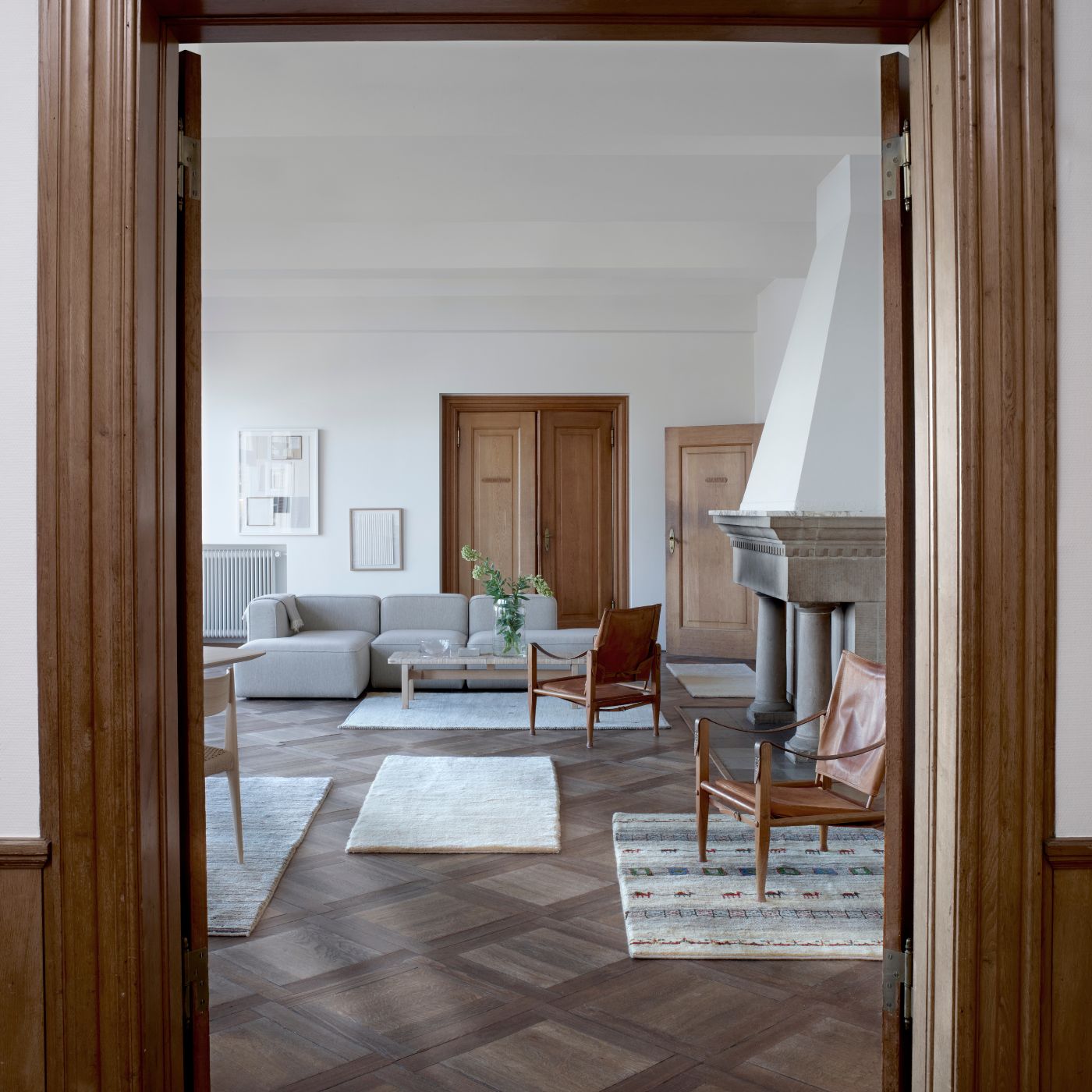
Will a Persian Rug clash with other patterns in the room?
An intricately patterned Persian rug can enhance different design elements within a room, harmonising with a variety of styles. These rugs can suit period homes and older properties seamlessly. However, they also work well in contemporary settings, where they can introduce a classic and textured element. By choosing tonal colours, a Persian rug can create a cohesive design that complements the existing décor rather than clashing with it.
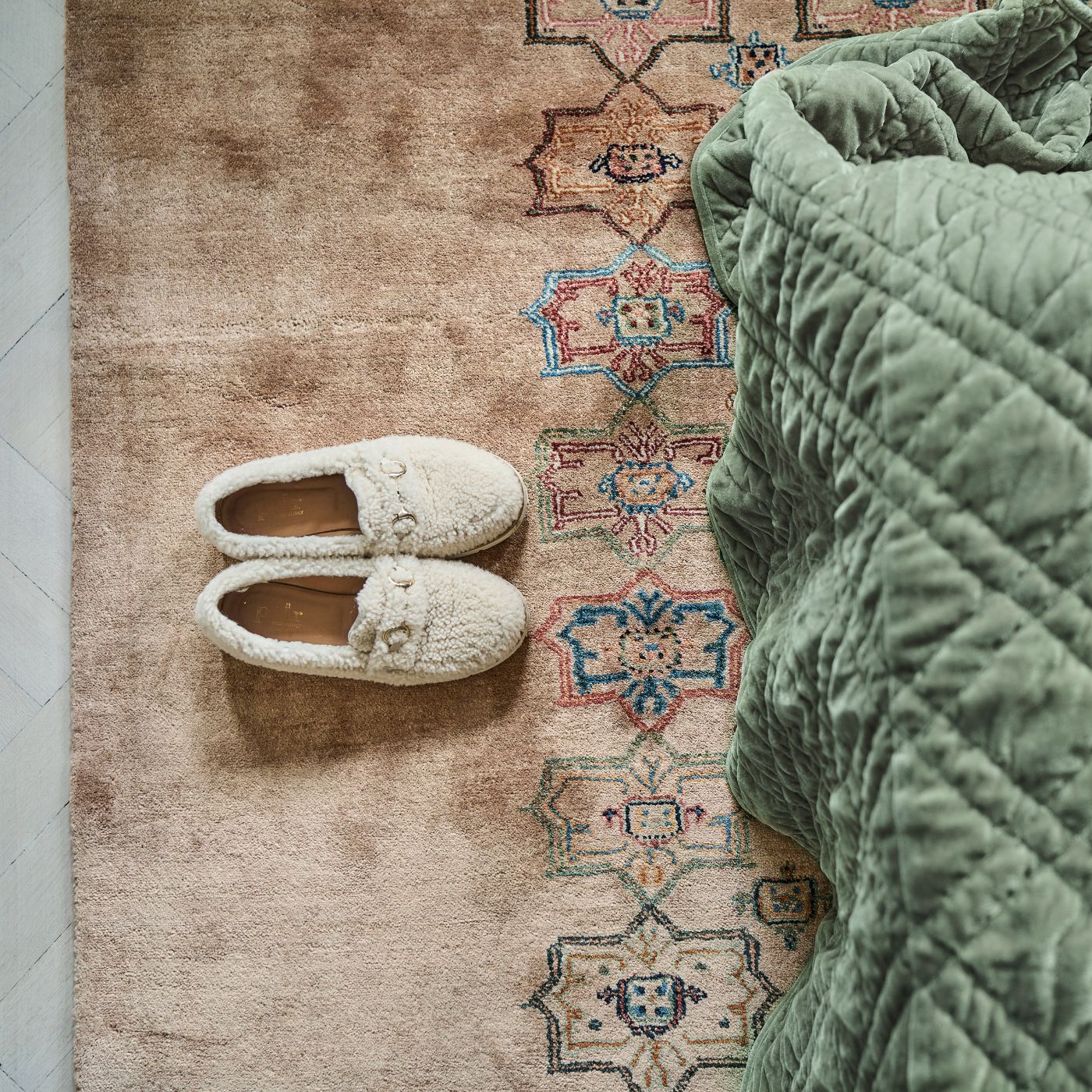
Are Persian Rugs too good to walk on?
A common misconception is that Persian rugs are too delicate for regular use. In reality, these rugs are highly durable, crafted to withstand daily wear and tear. Handmade from natural materials, they can be wet cleaned, making them easy to maintain over the years.
Dubbed the 'Iron Rugs of Iran,' Bidjar rugs in particular are a testament to the durability and longevity of Persian craftsmanship. These high-quality rugs are designed to be used and enjoyed, offering both practicality and a sense of heritage.
What are the Different Types of Persian Rugs?
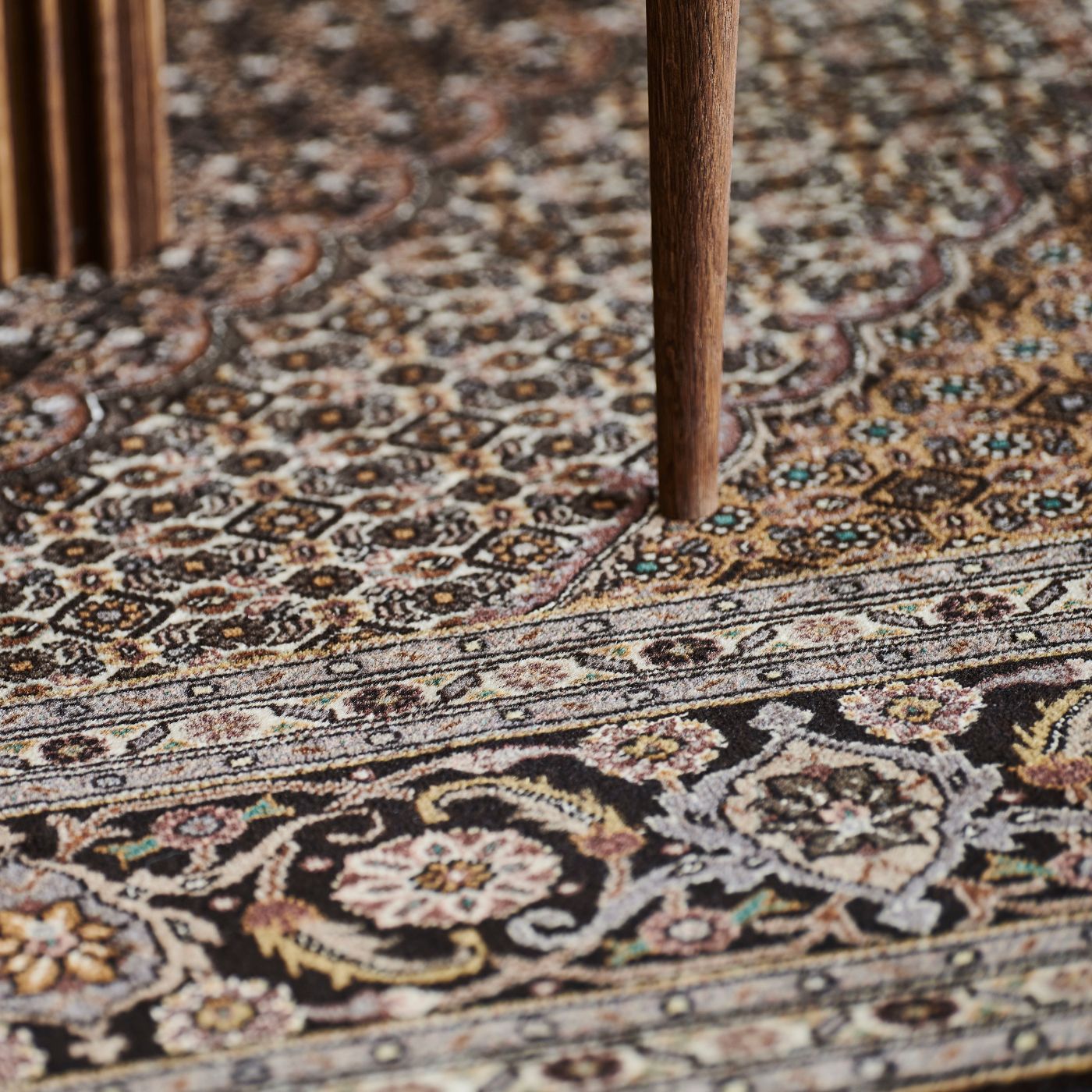
Tabriz Rugs
Crafted in Tabriz, these rugs feature elaborate floral motifs and medallions, often in rich colours. They are finely knotted, typically using high quality wool.
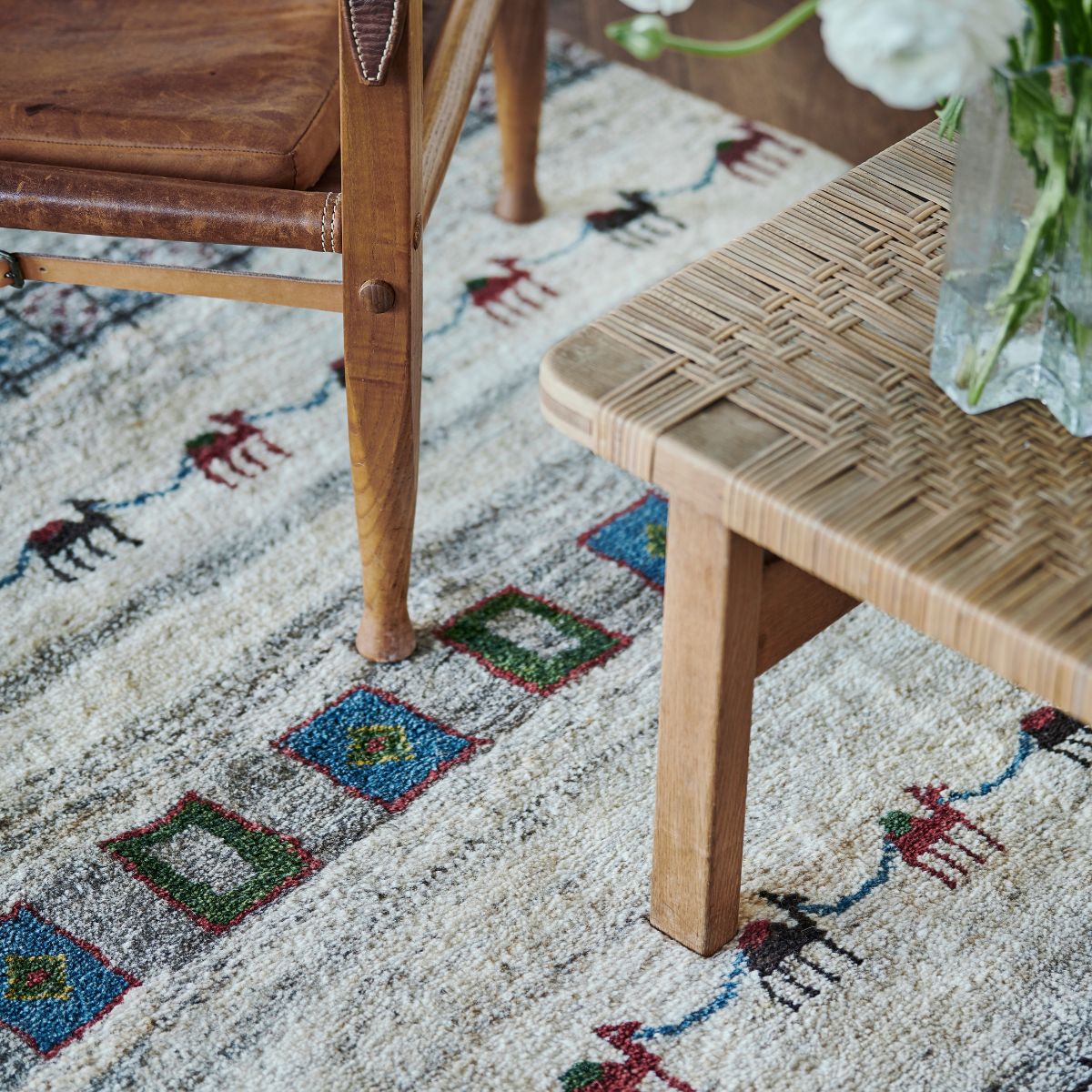
Gabbeh Rugs
Handknotted by the Qashqai and Luri tribes, these rugs have thick piles and simple, bold geometric patterns in bright colours, offering a rustic and cosy feel
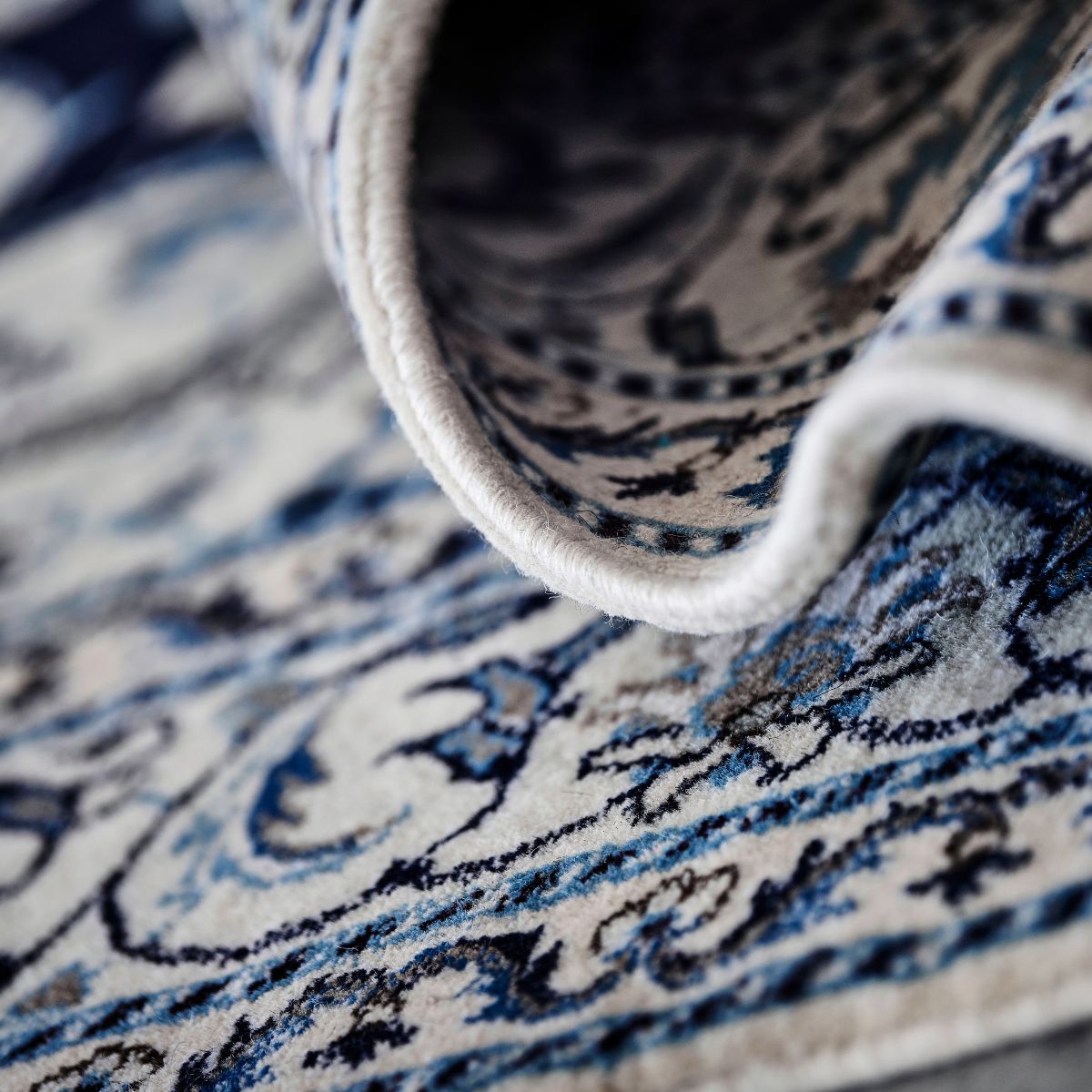
Nain Rugs
These fine, densely knotted rugs from Nain blend wool and silk, often showcasing floral designs in soft ivory, beige and blue tones.
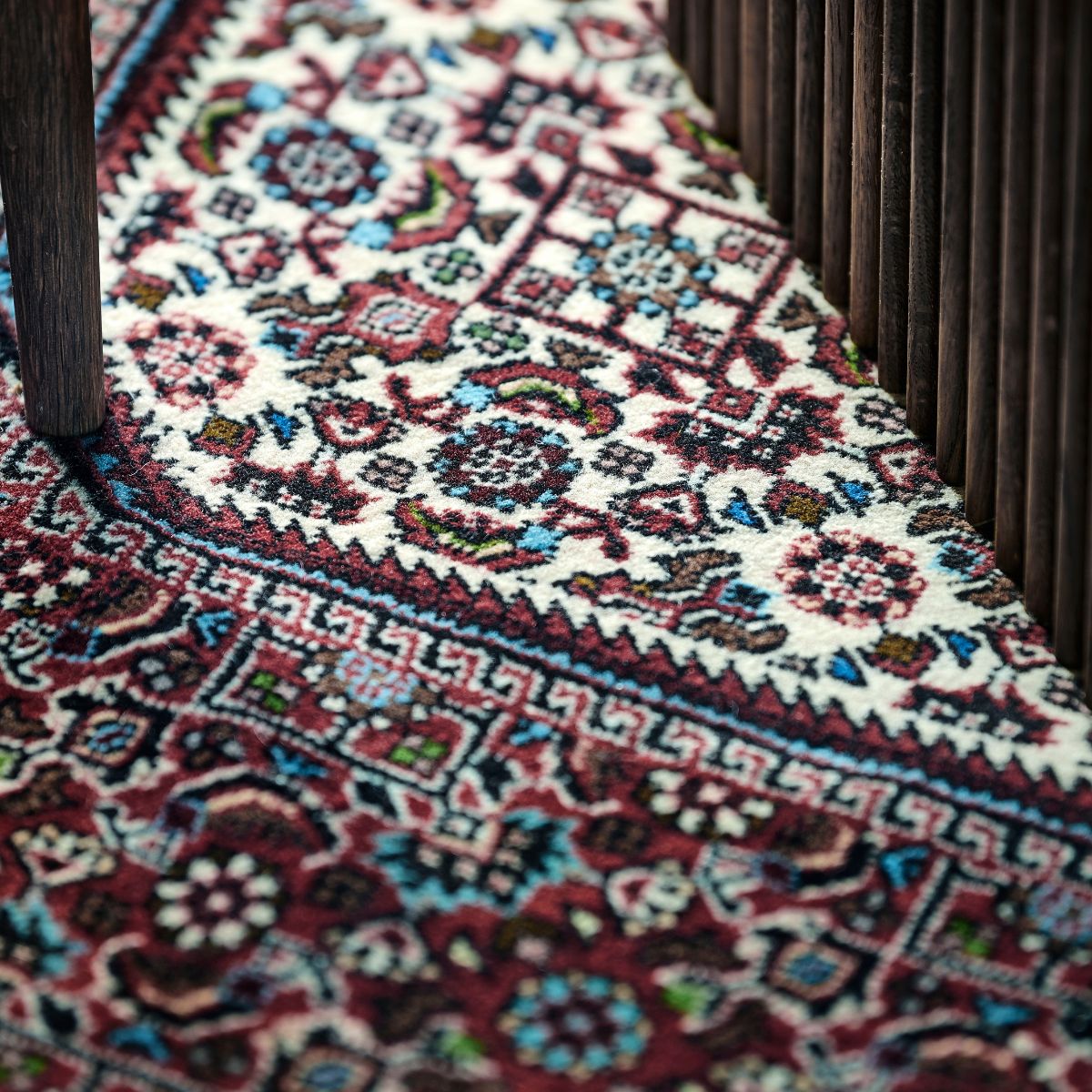
Bidjar Rugs
Often referred to as the 'Iron Rugs of Iran', Bidjar rugs use a unique double-knotting technique resulting in a luxuriously thick and durable pile.

Kashghai Rugs
Expertly woven by the Kashghai tribe, these rugs feature bold geometric designs in red, orange and navy tones.
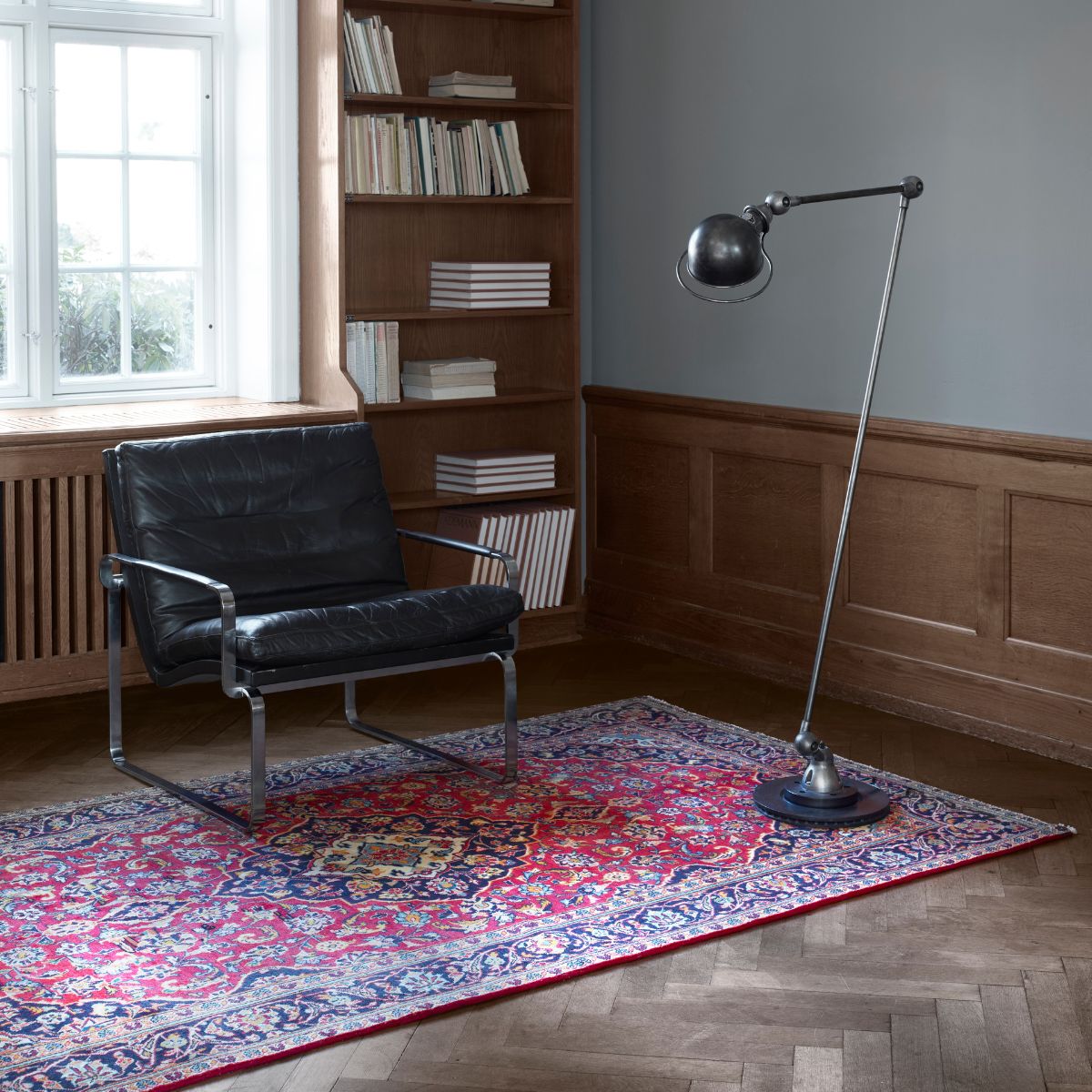
Keshan Rugs
Featuring central medallions in rich red, blue and ivory tones, these rugs are hand-knotted from high-quality wool.
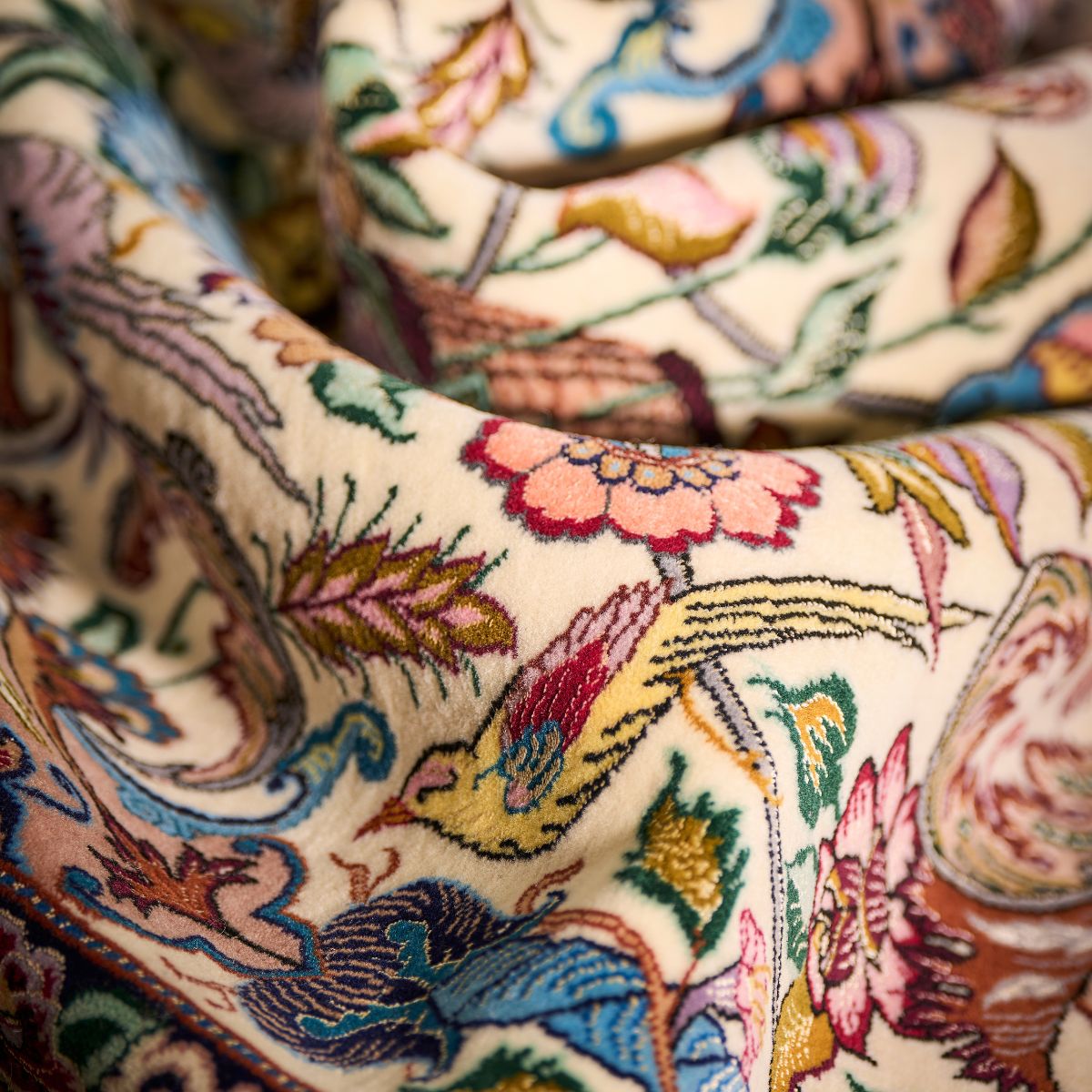
Isfahan Rugs
Crafted from wool & silk, these luxurious rugs display intricate floral patterns in vibrant colours.
